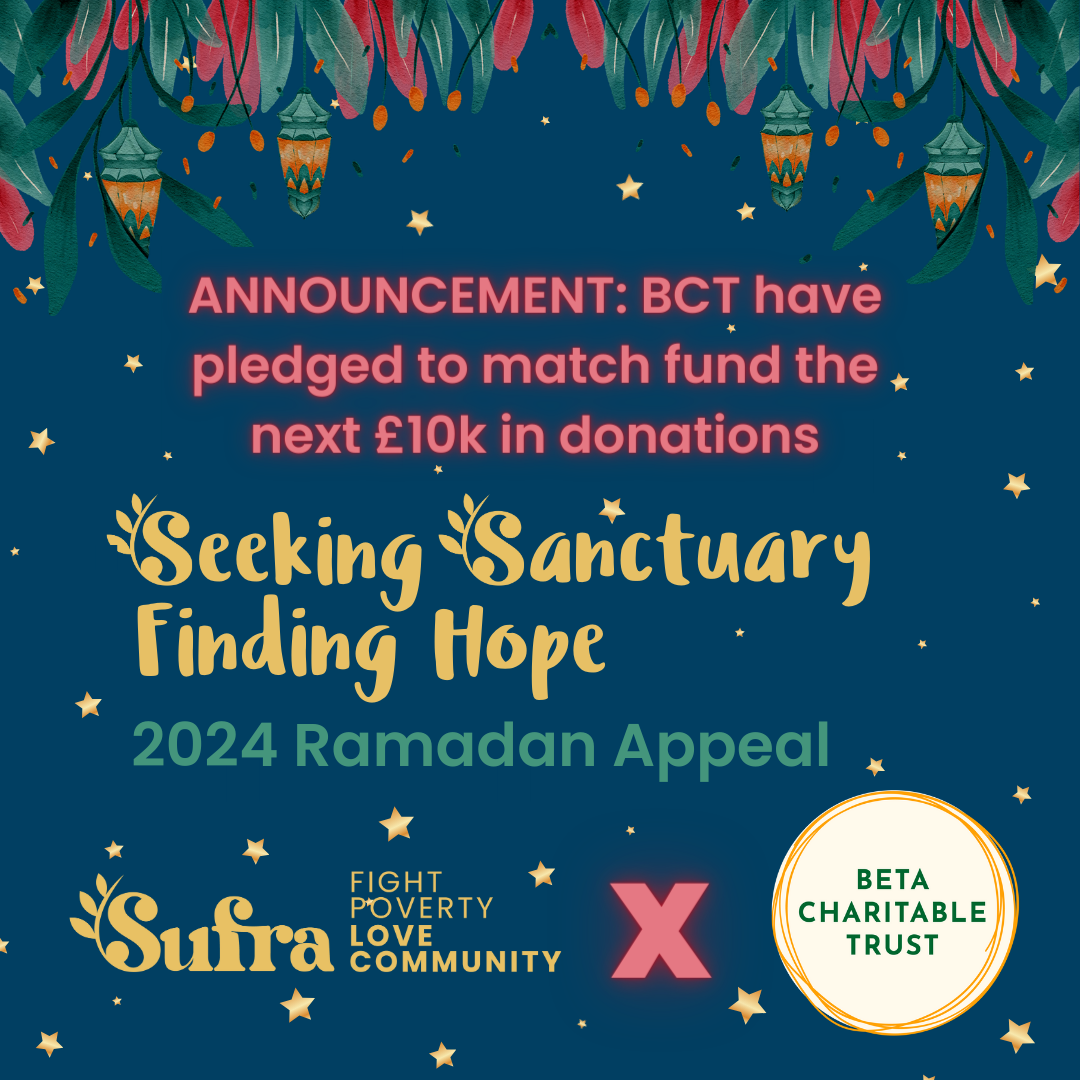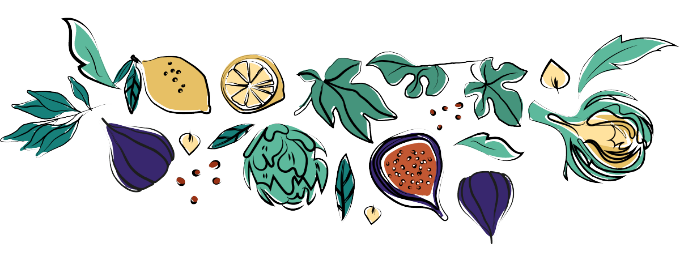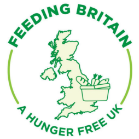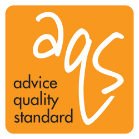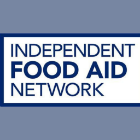Sufra NW London Food Bank Goes Green
January 25, 2022
In classic January style, one of Sufra’s new years resolutions is to become a little kinder to the environment.
With so many deliveries coming in and out, we produce a fair bit of waste. Read on to hear about the relationship between the Sufra Food Bank and St Raphael’s Edible Garden, and how as little as possible actually goes in the bin. (Did you know the broad beans need keeping warm in the winter? Now you do!)
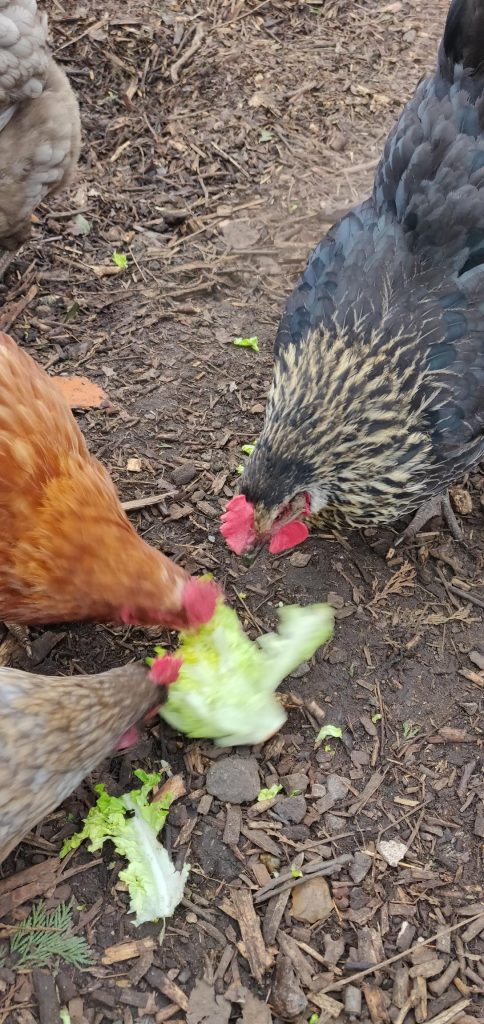
Our ‘ladies’ reducing, reusing and recycling!
Chickens are well known for eating absolutely anything put in front of them, so we ensure they receive the finest scraps of inedible fruit, vegetables and pastries on the block. Much of the fresh produce delivered to the food bank is ‘surplus’ to the supermarkets, meaning it may be imperfect or soon to expire. We quality check everything that goes out at the Food Bank , and anything that doesn’t pass our strict controls forms a nutritious diet for the ladies.
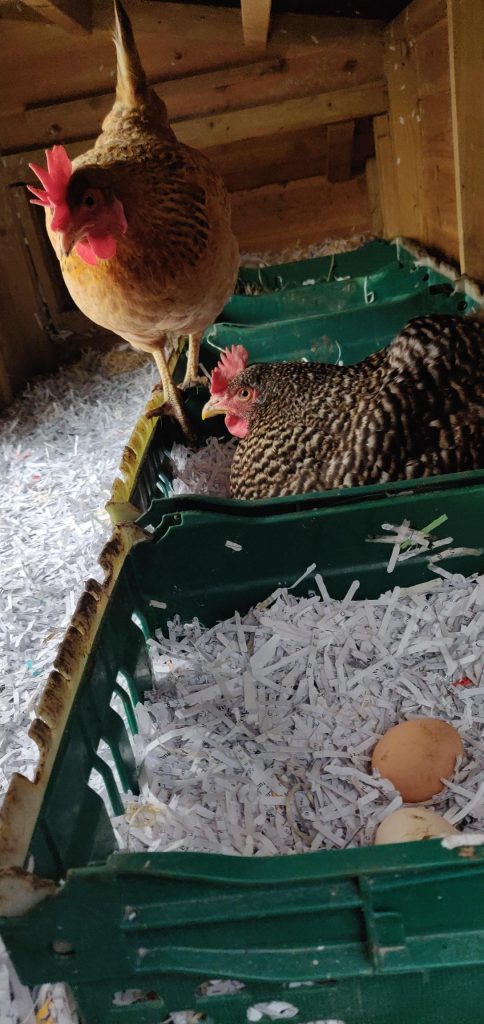
Shredded paper is also diverted from the bin and working hard to ‘shred’ our environmental impact…
Shredding confidential papers from the Food Bank ensures that our resident chickens sleep easy on the comfiest chicken beds going. The shredded paper breaks down and is replaced regularly, to ensure that after a long day of laying eggs and walking in circles, the ladies have somewhere soft to lay their heads.
The ecosystem that is our compost heap 
Food waste comes to the compost bay to be chopped up and scattered across the most current compost bay heap, followed by a layer of brown material (shredded paper / card / thin layer of woodchip). This keeps the heap aerated so that decomposers can roam between layers freely. Without the shredded brown layers it would be a soggy anaerobic stodgy mess full of maggots, cold, wet and perhaps home to rats.
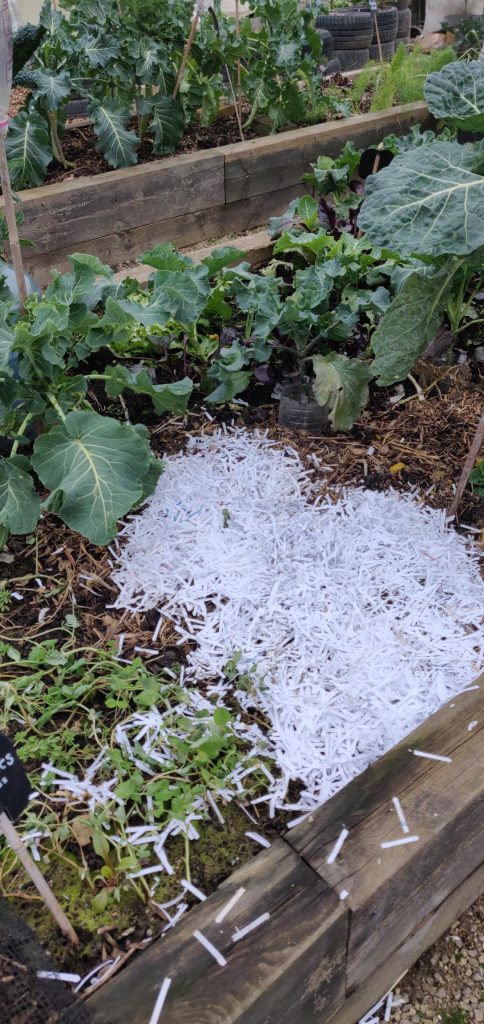
Shredded paper is also a big player in the compost heap. It acts as brown matter between layers of food/green waste in the composting bays and is used as a mulch to help create a barrier between very cold temps and topsoil. It is only added it to areas of the garden where in time the paper will decompose and incorporate into the soil ready for crops to replace the garlic and broad beans. Shredded paper is basically the blanket you didn’t know the garlic needed.
From the many deliveries that the food bank receives every week, brown card is always in abundance. This card is a fantastic weed suppressant that creates a barrier stopping unwanted plants from growing. Over time it does disintegrate, but a thick layer of cardboard does well to both weigh down the card and make the area more attractive. The foodbank creates a lot of free card for the garden, and in this case the non-glossy card is the key to success. Every year, areas can be topped up again with more card and woodchip.
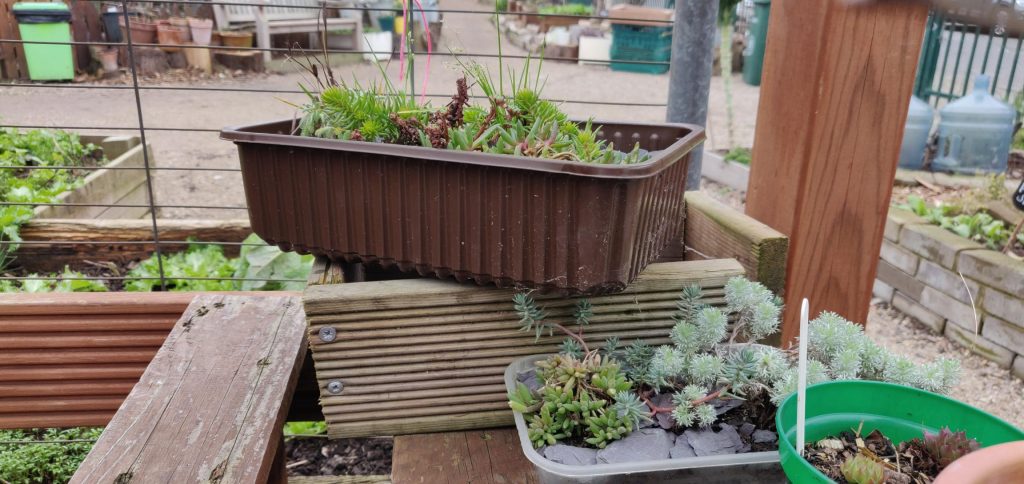
As you can see, we are making every effort to ensure we divert any waste produced from the foodbank and kitchen into our circular economy with the garden. St Raphael’s Garden of course boasts so many other eco features too, from water bottle bird deflectors, to the compost toilet, to mushroom punnet planters. To see it for yourself and to get involved – come and visit us!
Open for volunteering Wednesday 10.00 – 13.00. See you then!
Latest News

Kids activities at CWP
Here at our Community Wellbeing Project the children have been enjoying a varied programme of free activities to keep them busy during the school holidays.
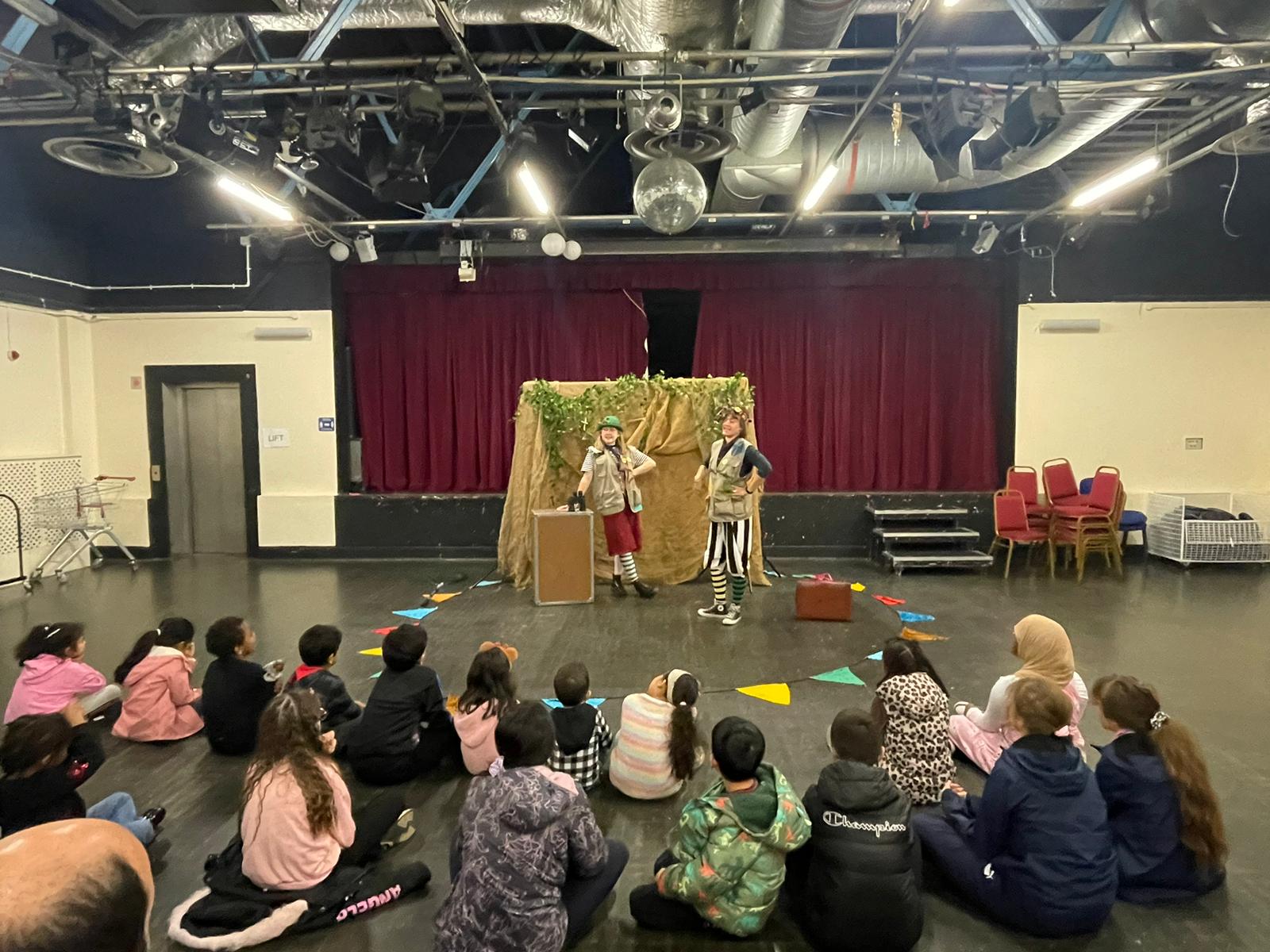
Seeking Sanctuary, Finding Hope
Donate to Sufra's Ramadan Appeal 2024 and help us be a santuary for those with nowhere else to go.
